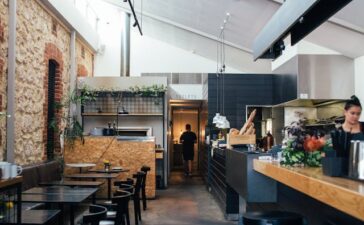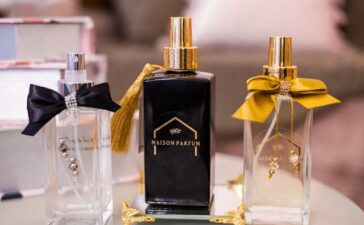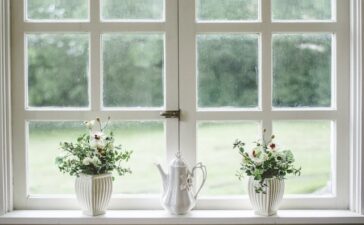Australian gardens do not all look the same because the country has many types of landscapes, like red Outback dirt or rich green coastlines. Every place gives different ideas for garden design. One element that can make a garden stand out are decorative metal plant supports, which are popular for both their look and their use. These items have changed from only being practical for climbing plants to becoming part of the art and style of an outdoor space. By using them, people mix helpful function with nice appearance, and this works for old and new garden styles.
Gardening is more than a casual hobby now, as many Australians see it as part of their home’s personality. Things have changed in recent years, with decorative metal supports turning from simple plant holders into true features that people notice in a garden. Designs made from steel, wrought iron, or aluminium last outside and show character because of their different shapes, surface patterns, and colours. For instance, people use arched trellises or tall obelisks to help plants climb higher and also to bring layers into garden borders so there is more depth.

Embracing the Rustic Charm of Wrought Iron
People who like a soft and country look often choose wrought iron for their gardens. This metal gets its unique surface colour, called patina, by being out in the air and rain for long periods. Metal supports with curved shapes, twisted designs, and old-fashioned details suit grapevines, jasmine, and roses, especially in country or farm gardens. Rural places in Australia use these rustic types to fit with all the colours and shapes found outside in nature. A walkway can feel special when you add a rusted iron arch, making the start of a path stand out as something that lasts.
Clean Lines for Contemporary Outdoor Spaces
In the middle of busy cities or next to modern houses, gardeners often use metal supports with straight and simple shapes. Steel that’s powder-coated in black, grey, or white does not lose its colour fast and makes a straight, modern background for the leaves and flowers. Some supports might be straight trellises, hoops, or square grids, giving order to spiky grasses, succulents, and bold tropical plants. These designs fit how many Australians use outdoor spaces for relaxing or having friends visit. The neat lines let the plants stand out, do not confuse the eye, and the finishes stop rust, so these things can be used in many weather types in Australia.
Antique Finishes for a Touch of Nostalgia
Some gardeners choose metal supports with an old look, instead of shiny or new finishes, so their gardens feel connected to the past. Classic colours like bronze, verdigris, or old pewter help fresh gardens feel older and settled. These finishes go nicely in gardens that mix old and new styles, connecting things from different times. City homes in places like Melbourne or Sydney, especially those that are old, often have these supports to add a touch of history. When people use climbing plants like wisteria or clematis with them, the supports become part of the garden’s story, and the feeling in the garden changes.
Custom Metal Shapes as Artistic Statements
Creative people sometimes want plant supports that look like art instead of normal plant holders. Supports built in twisting, odd, or tall shapes can train plant growth and also decorate the yard when nothing is blooming. Local metal-workers hand-make many of these so each piece is different and can show the style of the owner or match the place. These special supports are popular in artsy towns or on the Queensland coast because they bring energy or surprise to outdoor areas. Strong metal and careful work mean these pieces will not get damaged easily and will look good no matter the weather or season.

Integrating Metal Supports into Natural Landscapes
Strong design is good, but the best gardens balance man-made items with the natural world. Gardeners use metal supports in careful places to show off a path or some special plants without ruining the smooth feeling of the space. For example, several metal supports at different heights can lead the eye along a walkway or make people notice certain parts of a bed. In a country with climates from dry Western Australia to cold Tasmania, gardeners need to choose metal that can stand up to local weather. Galvanised steel works well in places that are moist or get much rain, lasting longer but still looking right at home. People pick supports with shapes and colours that match their area’s flowers and home style, so the whole space feels unified and will look good for a long time.





